Finally, above this completed bogey, the under-frame is fitted to place the other engine components and cabin. This holds the heavy diesel engine and all the electric and electronic components needed to transfer power to the rails. Closest to the driver’s cab sits the control cabinet, where all the various computers, governors and control systems are housed. This is the nerve centre of the locomotive and modern electronics play a big role in making these very complex units drive easy.
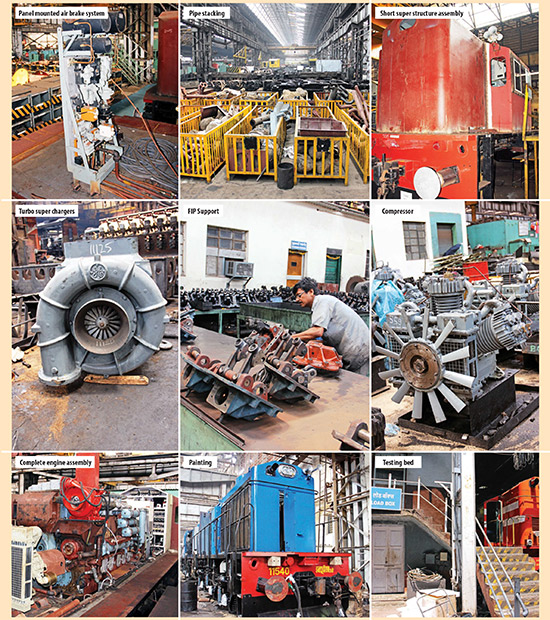
Engines
Parel Workshop has a capacity to manufacture up to 1350 HP diesel shunting locomotives, 300 HP to 800 HP diesel locomotives and custom built locomotives as per customer requirement. To manufacture these engines, the workshop sources components from various global manufacturers that are built to specifications of Research Design and Standards Organisation (RDSO), Ministry of Railways, which emphasises on providing quality technology at competitive price.
The locomotive is fitted with the big 45 degree, two-stroke V16 engine with engine displacement of 186,160cc with 4 valves per cylinder and a sump of 950 litres capacity to hold the engine oil. The diesel engine has no direct connection to the wheels. The spinning crank is mated to a big size rotor in a huge 6 feet tall generator and the heavy current thus produced is transferred to individual traction motors. The gearbox is eliminated in locos as the electric motors produce massive torque even at startup; therefore, gearbox is not used in these locomotives.
To manufacture these locomotives, the workshop sources a wide range of components from major suppliers like Bonatrans Group for wheels and shafts, traction motors from BHEL, ABB for turbochargers, Mico Bosch for injection system, Escorts and GE for pistons, Cooper Corporation for cylinder heads, Parker Hannifin for air filters and Alpha Level for plate-type lube oil coolers. These components are assembled and fitted in the main cylinder block to form the entire engine.
The speed of the locomotive is controlled by levers and denoted by the notches (steps). By advancing the notches the loco gathers more speed.
Initially, the generator will produce high current and low voltage at low speeds and this gradually changes to low current and high voltage as speed increases. Managing this high voltage and current is the job of the locomotive’s microprocessor based control system. These microprocessors help the engine deliver power in the smoothest and most effective way.
Sub-assembly
Apart from the engine there are lots of other units in place to support the locomotive. Traction control cabinets are placed in front of the engines that are fitted with a pair of massive fans with heat exchangers placed on top. In front of that is the main generator/ alternator that has a six-foot diameter air compressor and radiator. Between the bogies, the locomotive’s fuel tank is placed which has a capacity of 6,000 litres. There is also radar that helps the traction computers to gauge the state of grip. All modern locomotives also use sand, sprinkled between the wheels and rails to improve traction in difficult conditions or wet weather, as soon as some slip is detected.
The workshop is also continuously working on increasing the fuel efficiency of the diesel locomotives and has steadily upgraded components with various innovative measures like microprocessor control, roller suspension bearing, electronic fuel injection (EFI) system and auxiliary power unit (APU) in order to reduce fuel consumption rates which are reckoned over a period of time. The diesel locomotives are now fitted with auxiliary power units which save nearly 88% of fuel during the idle time when the train is not running.
Driver Cabin
In the entire 21 feet long locomotive, the driver cabin just occupies 4 to 5 feet. The complete engine and driver cabin is covered by the short superstructure assembly. The locomotive can be driven either way and has 2 sets of controls with a set of levers, one for acceleration and the other for brakes. The cabin also hosts an array of dials that provide all sorts of information like the loco speed, dynamic power being applied to the wheels and the pressure in the braking system. Behind the driver’s seat, a bunch of toggle switches are fitted for the control panel in the central computer; a programmable screen provides a host of information on the functions that are selected.
Once the driver’s cabin and other subassemblies are fitted and painted, the entire locomotive is transferred to the testing bed. Here the engine is connected to the test bed to check the durability of the locomotive for more than 1,000 hours. For every 250 hours the engine is inspected thoroughly for components failure. After inspection, the locomotives are made to run on the tracks to check the other parameters according to RDSO standards. After passing all the above tests, the locomotive is used for commercial purpose across the country.
Engine and Coach Refurbishing
Apart from locomotive manufacturing, the Parel Workshop is also engaged in refurbishing the engines and coaches. The locomotives that have completed their life cycle are brought to the workshop and the engines are dismantled fully to replace the worn-out parts. The workshop retains the engine block and few major components and replaces the other components like pistons, connecting rods, valves, injectors, turbochargers and filters. The entire engine is overhauled by having 90% new components and reassembled, which will increase the lifespan of the engine for a few more years. Like engines, the workshop also rehabilitates the coaches by replacing the rusted parts with new sheet-metal. During rehabilitation, the entire seats, fans, lights and toilet fittings are replaced by new products. After replacing and overhauling the coaches, it is painted to look as new as newly built coaches.
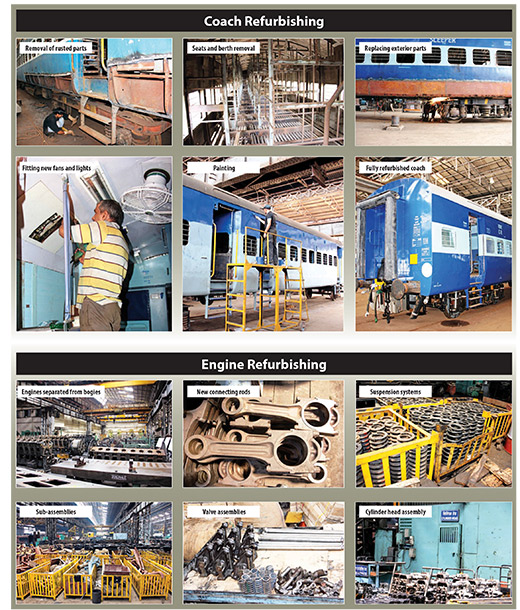



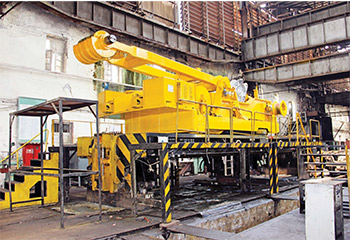

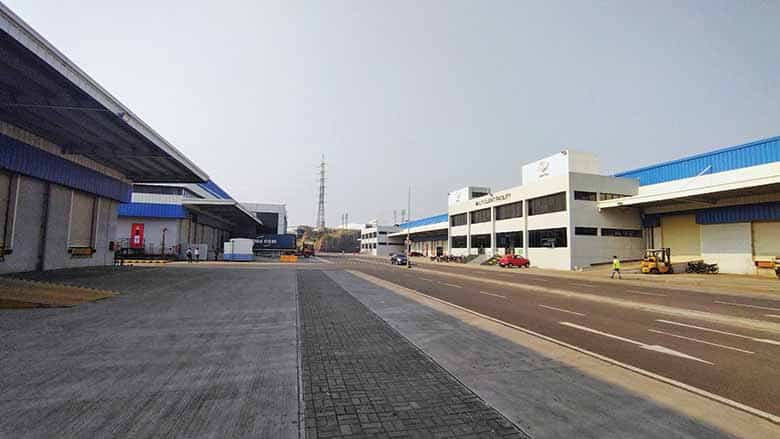



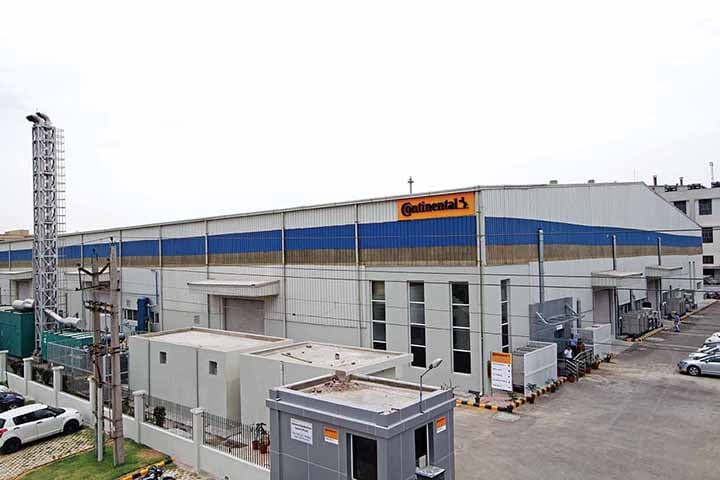



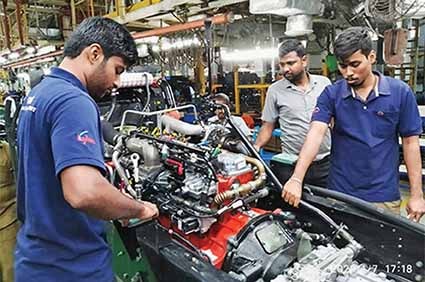
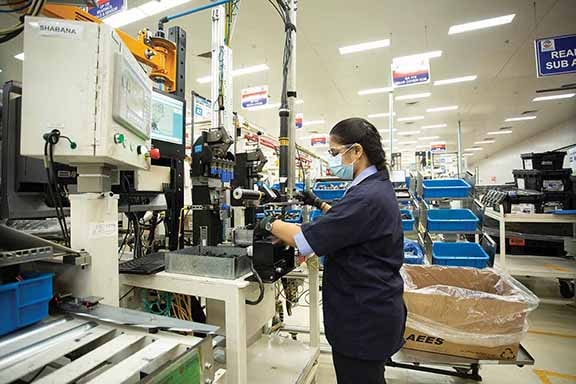

Leave a Reply